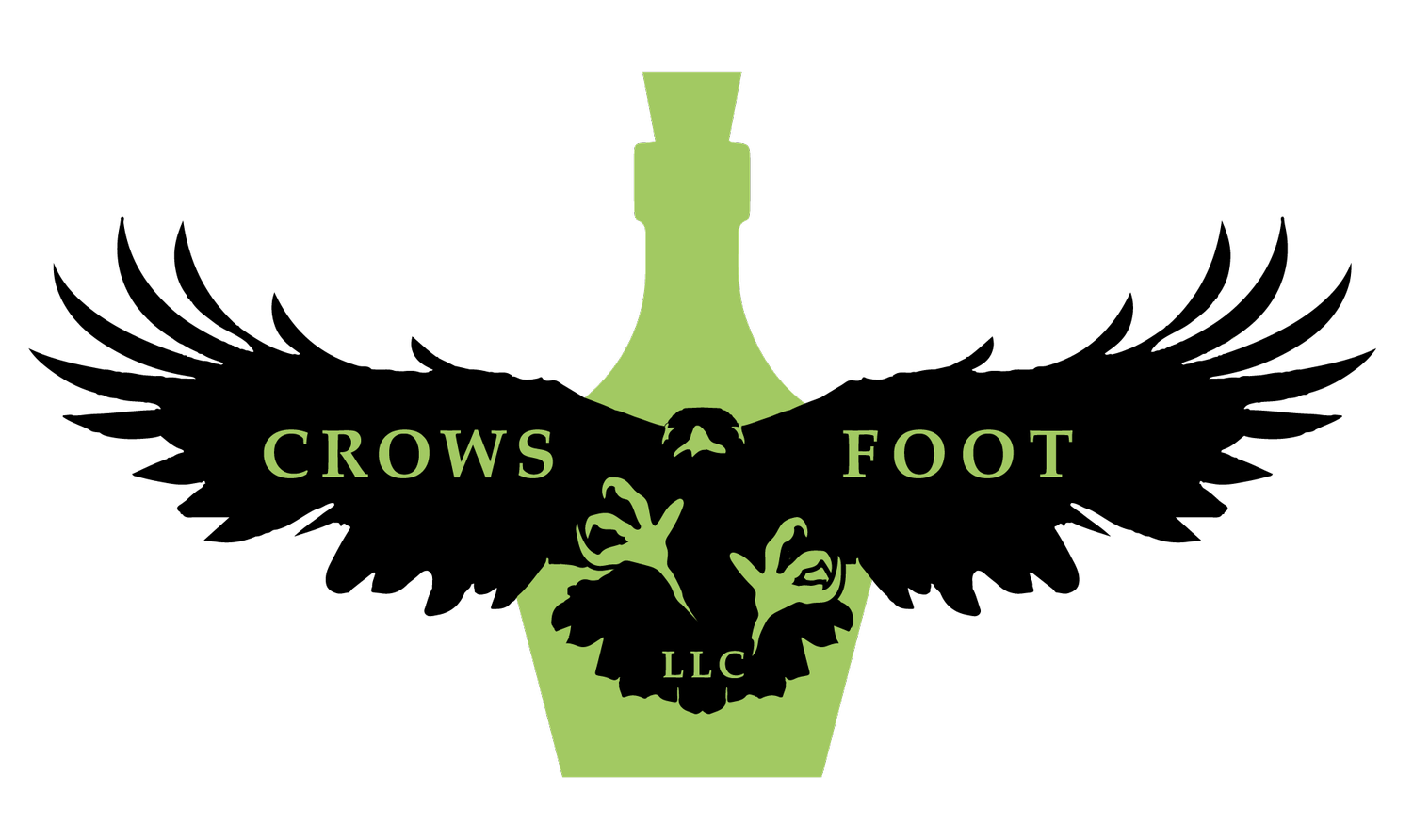Akro Agate
History:
Akro Agate was set up in Akron, Ohio in 1911 by George T. Rankin, Gilbert Marsh, and Horace C. Hill. Rankin and Marsh had the idea of making marbles and selling them in boxes at Gilbert Marsh's shoe store. Horace Hill was an expert marble maker, and they set up their machinery over Marsh's shop in Akron. Three years later they were doing so well that they moved their business to a large building in Clarksburg, West Virginia. They operated for forty years, until 1951. They made only marbles until 1932, when the company expanded into a range of small items including children's tea sets, ashtrays, flower pots and novelties.
Akro Agate succeeded in the marble business largely because of the innovations in technology which they introduced. During the 1920s they invented, patented, and operated systems which made the process of making complex marble designs entirely by machine. Their machines produced the type of marble known as an Akro Agate spiral, and because the techniques combined patented machines and "secret" processes, they can be identified as Akro Agate marbles even today. Akro Agate marbles have become highly collectible, especially when they are still in their original packaging.
Akro Agate began producing pressed glass in the 1930s, partly in response to increased competition in the marble market. Most of their pressed glass was opaque and most often there were coloured streaks in the glass, like the example in the picture above left. The company called this "blended colors" or "multi- colors" but today's collectors would probably call it "slag glass".
The company's logo is a crow flying through the letter A (A kro = a crow) and holding a marble in its beak and another in each claw. This mark appears on the base of Akro Agate glasware (not on marbles) and on their boxes and packaging media
During the war they were very successful in marketing their children's tea sets and other glassware. Unfortunately after the war, when cheap imports could once again be imported, they found it hard to compete and in 1951 they closed.
http://www.glassencyclopedia.com/AkroAgateglass.html
